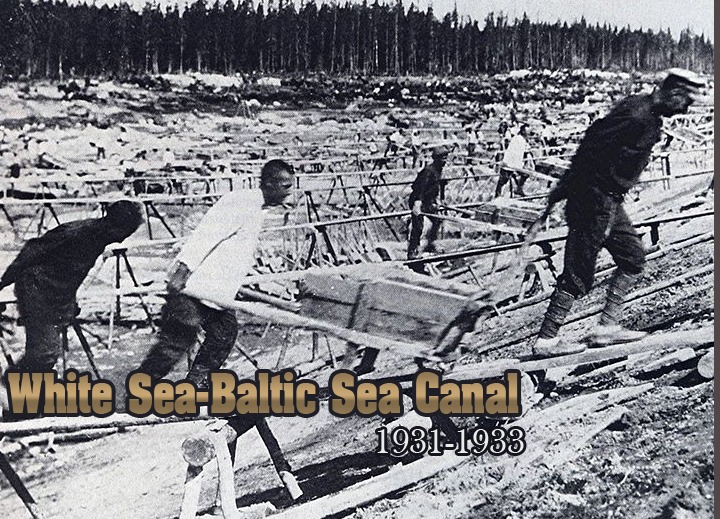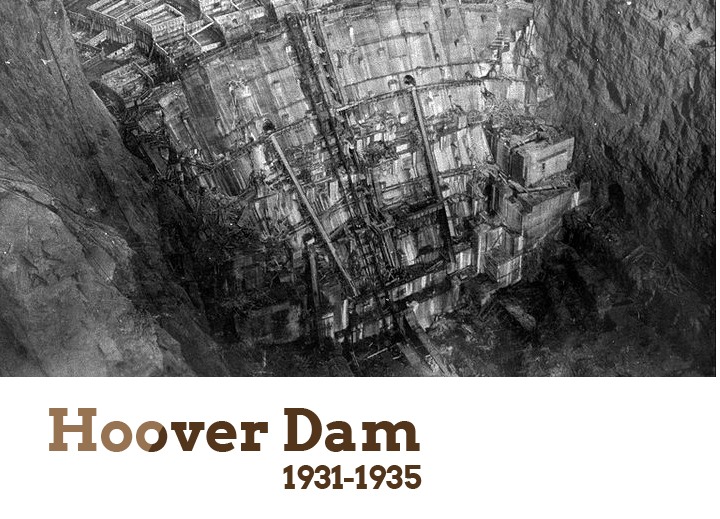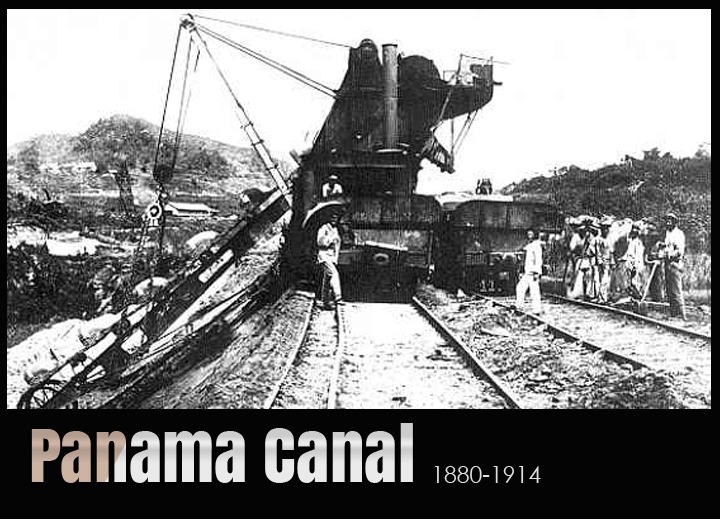Here are some of the biggest infrastructure projects on Earth (from the late 19th century to present) which cost hundreds to thousands of workers’ lives during the time of their construction.
At the time of its completion, the St. Gotthard Road Tunnel in Switzerland was then the world’s longest road tunnel being 10.5 meters (16.9 kilometers) in length. However, a total of 19 people also died during the construction. The tunnel provides a year-round pass to connect Switzerland and Milan, Italy through the Alps, as well as a faster and safer alternative to the winding Gotthard Pass.
In March 2014, the Swiss government approved the building of the second tunnel which is expected to be complete in 2020.
It’s also known as the White Sea–Baltic Canal, which a 141-mile canal which connects the White Sea with Lake Onega, which is further linked to the Baltic Sea. The canal was constructed by 126,000 gulag prisoners as a form of punishment for their acts towards the government. As expected, they worked under reprehensible, dreadful conditions. By the time the construction finished in 1933, about 12,000 workers were freed, but also an estimated 12,000 workers died. However, journalist Anne Applebaum estimated that there were about 25,000 workers who died during the construction.
The Aswan Dam became one of the highlights of the industrialization of Egypt following the Egyptian Revolution (1952). However, the construction of the dam would also lead to adverse environmental and cultural impacts as several archaeological sites were destroyed. An estimated 30,000 workers helped to build the dam, but 500 of them died during its construction.
The Burma-Siam Railway has also earned its notorious nickname, the “Death Railway,” for evident reasons. This 415-kilometer (258 miles) railway was built by the Empire of Japan in 1943 to support its own forces during World War II. Forced labor was used in the construction of this railway. Probably about 90,000-100,000 people, in total, lost their lives, including nearly 13,000 Allied POW’s who died during the construction.
It has inspired literary and cinematic works such as The Bridge on the River Kwai, which has been panned for its inaccurate portrayal of the gruesome conditions that happened during the construction of the railway.
The construction of the Hawks Nest Tunnel for the New River in West Virginia was part of the hydroelectric project. However, it turned into one of the worst industrial disasters in American history due to the poor health and safety regulations.
During the construction of the tunnel, silica was discovered in the rocks so workers were asked to mine it as a by-product for processing steel for the construction. But the workers were never given masks, breathing equipment, or any other protective gear. As a result of the long-term exposure to silica dust, the workers developed silicosis in the lungs.
According to the site’s historical marker, 109 workers died. However, other sources have reported that the death toll could be as high as 5,000 due to the fact that the workers abandoned the site after becoming sick. Silicosis is an irreversible disease with no known cure, so it is thought that a large number of workers eventually succumbed to the disease not too long after contracting it.
The Hoover Dam was constructed in the Black Canyon of the Colorado River during the Depression era, for flood control, irrigation and hydroelectricity. The construction of the Hoover Dam is one of the most important infrastructural projects in American history, as such huge concrete structures had never been built before. At the time of its construction, there were a lot of obstacles that included lack of facilities, insufficient building techniques, as well as the torrid desert heat.
A total of 112 deaths resulted from the construction — a relatively low number for such a huge infrastructure project. The numbers did not include deaths from heat, cardiac arrest, and other factors, but instead they include accidental deaths such as drowning, blasting, or falling debris.
The Karakoram Highway is one of the highest-paved international roads on the planet, measuring 905 miles long and reaching as high as 15,520 above sea level. The highway encompasses the Karakoram mountain range and connects the city of Abottad, Pakistan and Kashgar, China. As the road is located on a high elevation and on one of the most unstable mountains on earth, the likelihood of disasters is high. Landslides often occur on the mountain range — resulting in 892 deaths — and remains an issue for drivers today.
The Los Angeles Aqueduct was one of the most ambitious and daring infrastructure projects in US history. It was built to supply water from the Owens Valley to Los Angeles, and measures 419 miles long. A lot of construction work began getting underway simultaneously, such as carving out reservoirs, canals, tunnels, as well as installing rail, telephone and power ground works to support everything going on at the site. Although harsh conditions and lack of immediate health care bogged down the workers, only 43 deaths were recorded during the aqueduct’s five-year construction.
The Panama Canal became one of the greatest and most ambitious engineering achievements in modern history, but it also became one of the deadliest, accounting for 30,609 deaths. These workers died for a variety of reasons, from accidents to malaria and yellow fever.
The French first oversaw the project which began in 1880. Since that time about 25,000 deaths were recorded; the French would officially record these numbers at their hospitals.
Following the American’s acquisition of the project in 1904, figures gathered from the site state that a total of 5,609 laborers lost their lives due to accidents and diseases. Most of the men who died were natives, and the small remaining number of fatalities were white Americans.





